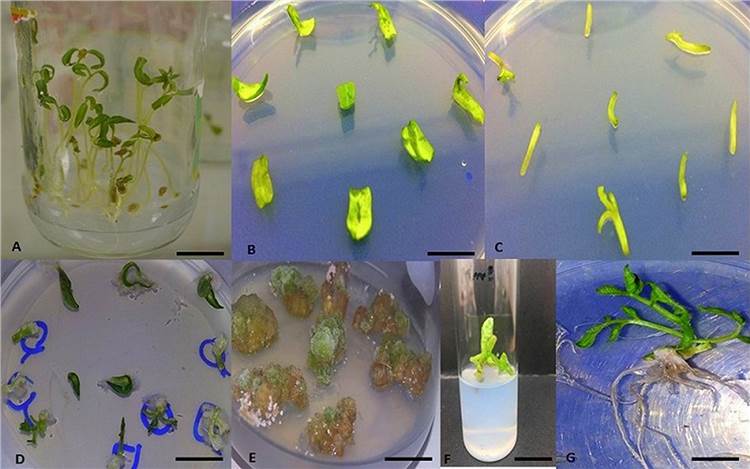 MEET US AT PLANT BIOLOGY 2024 June 22-26, 2024 Honolulu, Hl #309Learn More
MEET US AT PLANT BIOLOGY 2024 June 22-26, 2024 Honolulu, Hl #309Learn More
Root culture is mostly used to study root physiological metabolism, organ differentiation and morphogenesis. Root cell cultures can also be subjected to mutagenesis to screen out mutants for plant breeding. Therefore, the theoretical and practical research and development of isolated root culture is an important content of in vitro plant organ culture. The nutritional needs of isolated roots are generally consistent with the requirements of most plant tissue cultures, but there are also special features. For example, iodine and boron are important for the growth of isolated tomato roots, and the lack of these two trace elements will hinder the growth of isolated roots.
Under natural conditions, roots are mainly important organs for plant absorption and fixation. At the same time, the roots of some plants also have the function of reproduction. Plant roots grow fast, have strong metabolic capacity and small variation, which makes them of great theoretical and practical significance in the study of root nutrient absorption, changes in growth and metabolism, organ differentiation and morphogenesis.
According to the principle of plant cell totipotency, any cell (animal, plant, etc.) with a complete nucleus has all the genetic information (DNA) necessary to form a complete individual. As far as tomato root cells are concerned, they also have the ability to form complete regenerated plants. Such cultures of genetically consistent roots derived from a single root system and preserved by subculture are called asexual lines of isolated roots. The use of these asexual lines of isolated roots allows for experimental studies on organ regeneration systems, rapid propagation of seedling asexual lines and other aspects.
 Figure 1. Steps of complete in vitro regeneration in S. lycopersicum cv. Riogrande. (Saeed, W.; et al. 2019)
Figure 1. Steps of complete in vitro regeneration in S. lycopersicum cv. Riogrande. (Saeed, W.; et al. 2019)
The isolated root grows under artificially controlled environment and nutritional conditions, and is affected by many factors such as genotype, culture conditions, hormones, etc. The specific steps of tomato isolated root culture are as follows:
A. Carry out the explant culture operation process on the sterile tomato root.
B. Select normally growing plant roots, which must first be washed thoroughly with water due to their growth in the soil, and larger roots should be brushed with a soft-bristle brush. Try to select roots free from diseases and pests, cut off the damaged parts with a knife, and disinfect them after absorbing them with filter paper. First rinse with 70% alcohol, then soak in 0.1%~ 0.2% mercuric chloride for 5 to 10 min or placed in a 2% sodium hypochlorite solution for 10 to 15 min. Then rinse with sterile water 5 times, blot dry with sterile paper after rinsing, and cut the root tip for culture under sterile conditions.
Root tips obtained by either of the above methods are inoculated in the medium and lateral roots develop after a few days. After the lateral roots have grown for 1 week, the tips of the lateral roots can be taken for expansion and they will grow rapidly and produce lateral roots, which can be cut off again for culture. This can be repeated every 7 to 10 d to obtain asexual propagation lines with roots from a single root tip. Root segments can also be cut to proliferate and form primary and lateral roots to obtain asexual propagation lines of isolated roots.
Reference